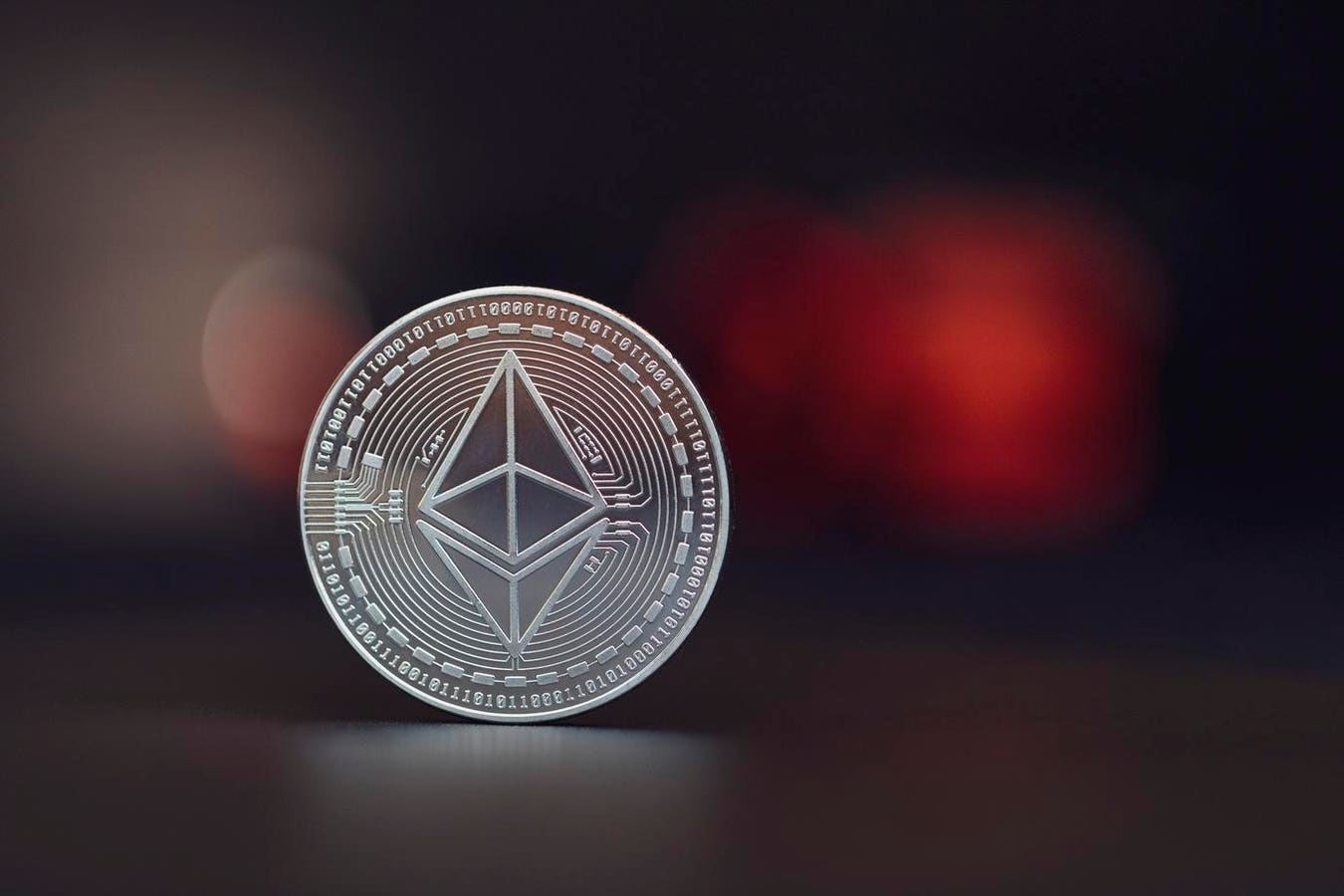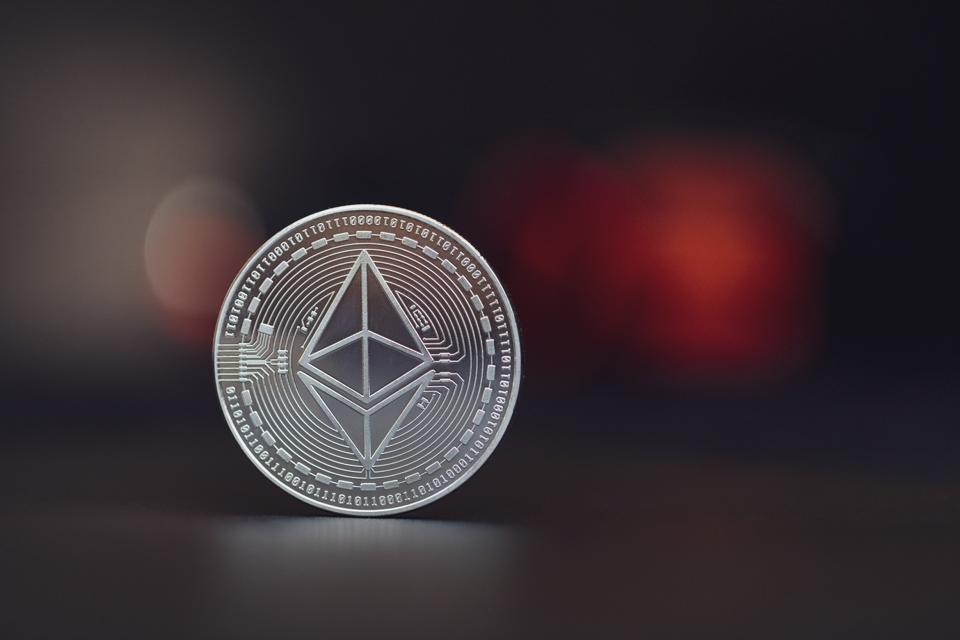During periods of high-usage, the ‘Layer 1’ Ethereum blockchain can become slow and expensive. The … More
While blockchain technology promises transparency and decentralization, practical issues such as slow transaction speeds and high fees have made it challenging to meet the needs of everyday users.
Whether you’re trading tokens, minting NFTs or engaging with decentralized apps, the experience often falls short of the seamless and efficient interactions people expect from modern digital platforms. On public blockchains such as Ethereum, periods of heavy demand still push transaction fees into the dollars and delay settlement for minutes—an experience that certainly falls short of mainstream expectations.
To close that gap, developers have turned to Layer 2 (L2) scaling solutions: purpose-built networks that execute transactions off the main Ethereum chain, compress the results into cryptographic proofs, and post those proofs back to Layer 1 for immutable finality. The approach combines the security of a battle-tested base layer with the speed and cost efficiency required for mass-market applications—an architecture that now safeguards roughly $36 billion across thousands of decentralized apps.
What Is A Layer 2 Solution?
A Layer 2 solution is any protocol that executes transactions off the base blockchain (Layer 1) while ultimately relying on that Layer 1 for security and final settlement. Think of it as a mall parking garage: shoppers still enter the main building (Ethereum), but the actual traffic is redirected to multi-storey ramps built next door, preventing gridlock at the front door.
Most L2s fall into two camps: rollups (Optimistic or Zero-Knowledge) and state channels/validium hybrids. Other recognized Layer 2 solutions include nested blockchains and sidechains.
While all L2s aim to enhance scalability, their methods for inheriting Layer 1 security and managing data availability vary, and some, like Validiums, introduce additional trust assumptions regarding data availability. All share the same north star: compress data, cut fees and leave heavy-duty security to Ethereum’s battle-tested consensus.
How Does Layer 2 Work?
An L2 batches hundreds, or even thousands of user transactions, creates a cryptographic proof of the new state, and submits that lightweight proof to Layer 1.
Optimistic rollups (e.g., Optimism and Arbitrum) assume the batch is valid unless challenged within a dispute window. Fraud proofs keep operators honest.
ZK-rollups (e.g., zkSync Era or Polygon zkEVM) generate succinct validity proofs up-front, so withdrawals finalize in minutes rather than days.
Either way, the result is a 10-100× throughput boost because only the proof, not every transaction detail, touches the L1.
How Does Layer 2 Differ From Layer 1?
Layer 2 solutions differ significantly from Layer 1 in several key aspects. In terms of throughput, Layer 1 processes around 15 to 20 transactions per second (TPS), while Layer 2 dramatically boosts this capacity, with rollups achieving over 1,000 TPS and solutions like Polygon potentially reaching up to 65,000 TPS.
Transaction fees also show a stark contrast; Layer 1 fees typically range from $0.25 to $0.50 on average but can spike to $20-$60 in times of high network congestion. On the other hand, Layer 2 fees are often below $0.05, with some solutions reducing costs to as little as $0.0196, post-Dencun upgrade.
Regarding security, Layer 1 relies on its native Proof of Stake (PoS) consensus mechanism, whereas Layer 2 inherits security directly from Layer 1 through cryptographic proofs. Data availability also diverges in approach, with Layer 1 storing data entirely on-chain, while Layer 2 integrates on-chain proofs with minimal data requirements.
Finally, their use cases reflect their technical capabilities. Layer 1 is typically reserved for high-value decentralized finance (DeFi) applications and settlement processes, while Layer 2 excels in high-volume scenarios like payments and gaming due to its enhanced scalability and lower costs.
Benefits Of Layer 2 For Crypto Users
Lower fees are the headline benefit of L2s, but several second-order benefits matter just as much:
- Speed – L2 confirmations arrive in seconds, matching Web-app latency rather than block times. Arbitrum routinely settles over one million daily transactions without breaking a sweat.
- Scalability without hard forks – Ethereum developers can keep innovating while rollups scale independently.
- Better user experience – On-chain games and NFT mints feel instant, finally rivaling the snappiness of centralized exchanges.
- Environmental efficiency – Compressing thousands of transfers into a single proof slashes gas consumption per transaction, lowering aggregate energy use.
Popular Layer 2 Solutions
- Arbitrum One & Nova – Arbitrum One hit a record 5 million daily transactions in December 2023; Nova focuses on ultra-cheap social-media-style traffic. Arbitrum was the largest L2 solution, but as of June 13, 2025, Base reached approximately $4.94 billion TVL, surpassing Arbitrum One, which now stands at $4.03 billion TVL.
- zkSync Era – First production zk-rollup with account abstraction baked-in, lowering onboarding friction.
- Polygon zkEVM – EVM-equivalent ZK-rollup; Q1 2025 saw 63% QoQ growth in transactions as studios port gaming titles.
- Optimism Superchain – A coalition of OP-Stack chains (Base, Mode, Zora) that aims to create a network of interconnected L2 chains that can communicate seamlessly.
How Layer 2 Improves Ethereum
Ethereum’s March 2024 Dencun upgrade introduced blob space (EIP-4844), a cheap data lane expressly for rollups. Blobs lowered average L2 transaction fees by roughly 90%, catalyzing the migration of everyday payments and micro-trades off-chain.
By shifting order-routing, AMM swaps, and NFT orders to L2 while anchoring security to L1, Ethereum keeps its decentralization ethos intact yet gains Visa-scale throughput—a feat that pure L1 scaling alone couldn’t handle.
Use Cases For Layer 2 Technology
- DeFi at retail scale – High-frequency trading on popular crypto trading platforms like dYdX or GMX now cost pennies.
- On-chain gaming – Immutable’s Passport wallet lets developers mint in-game assets on zkEVM without gas pop-ups.
- Micropayments & remittances – Cheaper and faster settlement can make Layer-2 payments more cost-effective, especially for stablecoins.
Security Considerations Of Layer 2 Networks
Although L2 networks provide a number of benefits over L1 in terms of cost and speed, there’s no such thing as a free lunch in crypto security:
- Bridge risk – Moving assets between L1 and L2 relies on smart-contract bridges that have historically lost billions to exploits.
- Centralization vectors – Many rollups still feature multi-sig upgrade keys or centralized sequencers; an honest-majority assumption replaces full Byzantine fault tolerance.
- Data availability – Validia and validium designs publish cryptographic proofs but keep the raw data off-chain, relying on external providers to maintain data accessibility.
Users should generally be looking for L2s with open-sourced node software, decentralized proposers and permissionless fraud-proof systems scheduled on the roadmap.
Challenges Facing Layer 2 Adoption
The L2 user experience still remains a bit unintuitive: bridging ETH, switching RPCs, and wrapping gas tokens still confuse newcomers. Wallet standards like EIP-4337 (account abstraction) and gas-sponsored transactions help, but widespread education is needed. Regulators also eye cross-chain bridges as potential money-laundering chokepoints, which may impose compliance overhead on sequencer operators in 2026 and beyond.
The Future Of Layer 2 And Web3
The industry increasingly treats Ethereum as a settlement layer, a Supreme Court for finality, while thousands of L2 “city-states” handle day-to-day commerce. Optimism’s Superchain will soon enable atomic cross-rollup calls, and ZK-proof hardware acceleration promises sub-cent fees. Whether one mega-rollup dominates or a mesh of specialized L2s persists, the direction is clear: scale out, not up.
Bottom Line
Layer 2 scaling solutions have moved from academic whitepapers to production rails powering millions of daily transactions. By batching computation off-chain and posting cryptographic receipts on-chain, they deliver faster, cheaper and greener crypto experiences without abandoning Ethereum’s security guarantees. Expect L2s—not yet another monolithic Layer 1—to carry Web3 toward mass adoption.


